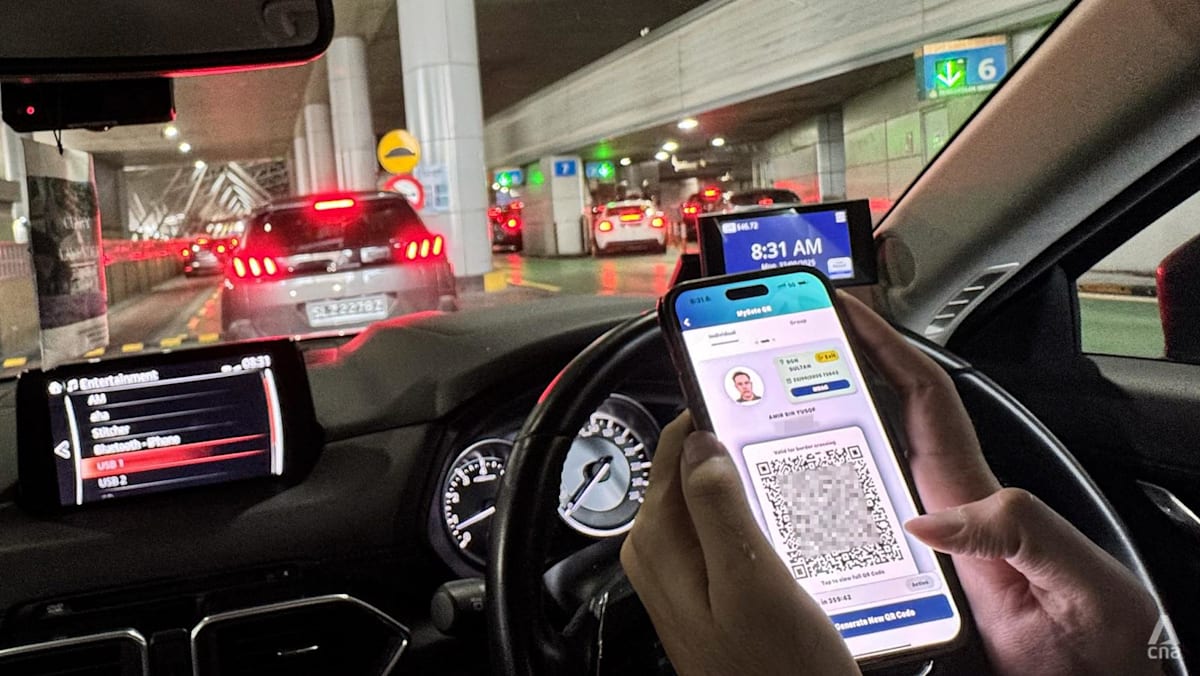Additionally, a notice seen on the app on Monday morning indicated that the QR code could only be used for car lanes. The Home Ministry had previously said that the system would be rolled out to car, motorcycle and bus travellers concurrently on Monday.
The move to facilitate QR code clearance was eagerly anticipated as passport-less travel at the land borders has been on the cards since January 2024.
Back then, both the Singapore and Malaysia governments said they were exploring passport-less clearance as part of initiatives to smooth immigration clearance in view of the planned Johor-Singapore Special Economic Zone.
While Singapore rolled out QR code immigration clearance at its land checkpoints with Johor on Mar 19 last year, Monday will be the first time Malaysia is offering the opportunity to foreigners.
Malaysia had previously allowed for its citizens to clear immigration without using a passport under a different app.
The simplified clearance from Monday will be facilitated under a pilot for the National Integrated Immigration System (NIISe) and will run for five months until Feb 28, 2026.
Before today, I was eagerly anticipating the prospect of being able to travel across the Causeway without the need to produce my passport.
For frequent travellers who do travel fairly regularly across the border by car, this would also mean reducing the number of stamps in their passports.
In theory, and based on how the process has kicked off in Singapore, the QR code clearance would ideally reduce travel time and congestion at the immigration lanes in Johor.
Singapore’s Immigration and Checkpoints Authority (ICA) had previously said that the overall waiting time can be reduced by more than 30 per cent if most car travellers were to use QR code for immigration clearance when it announced its own rollout last year.
